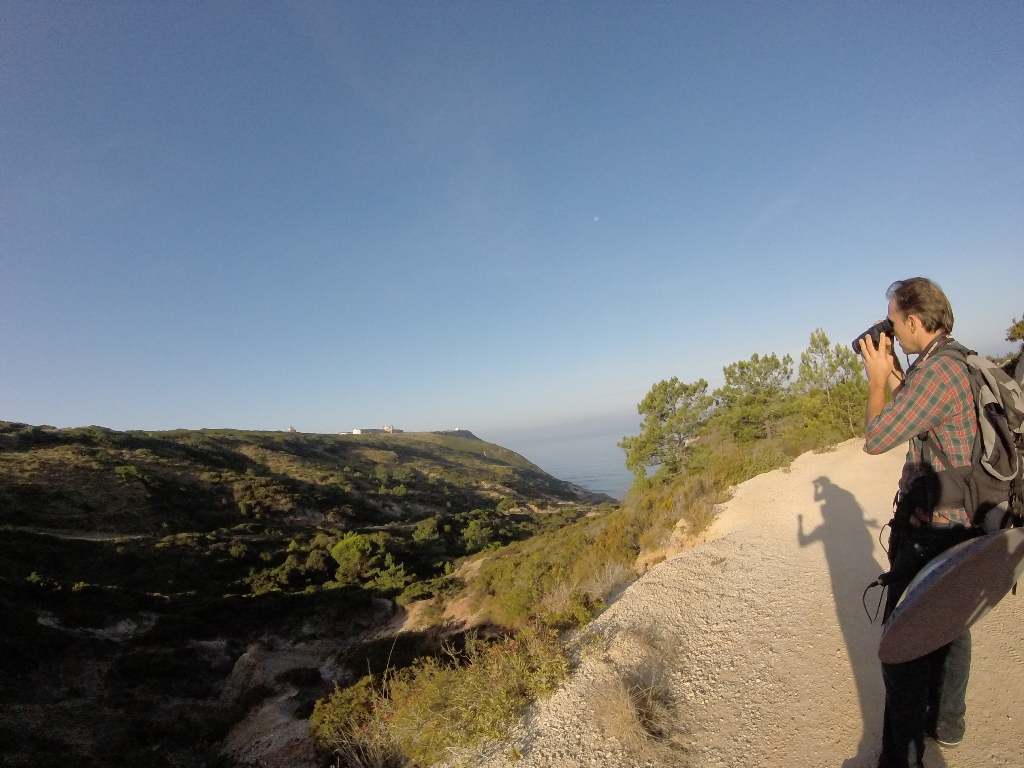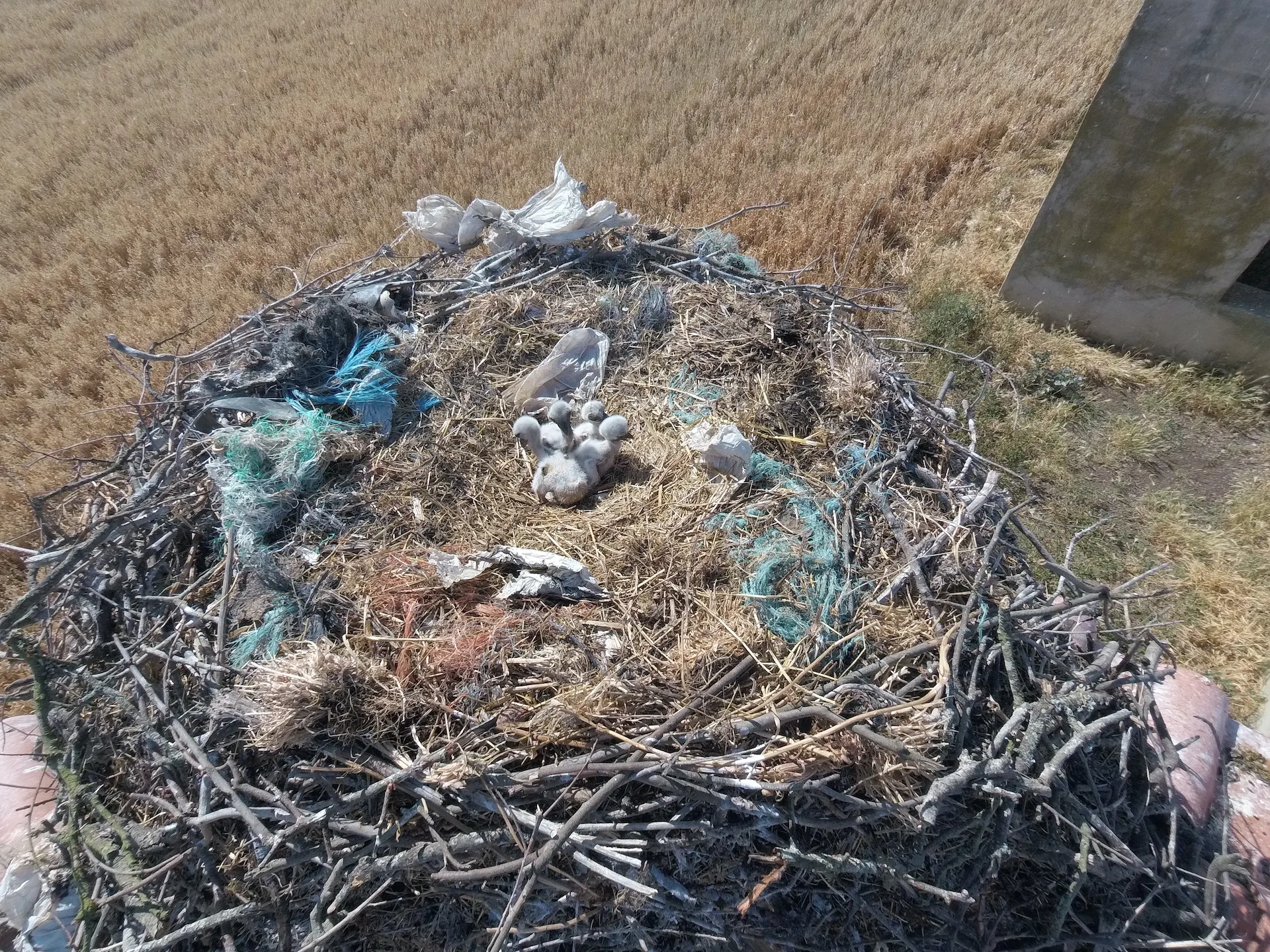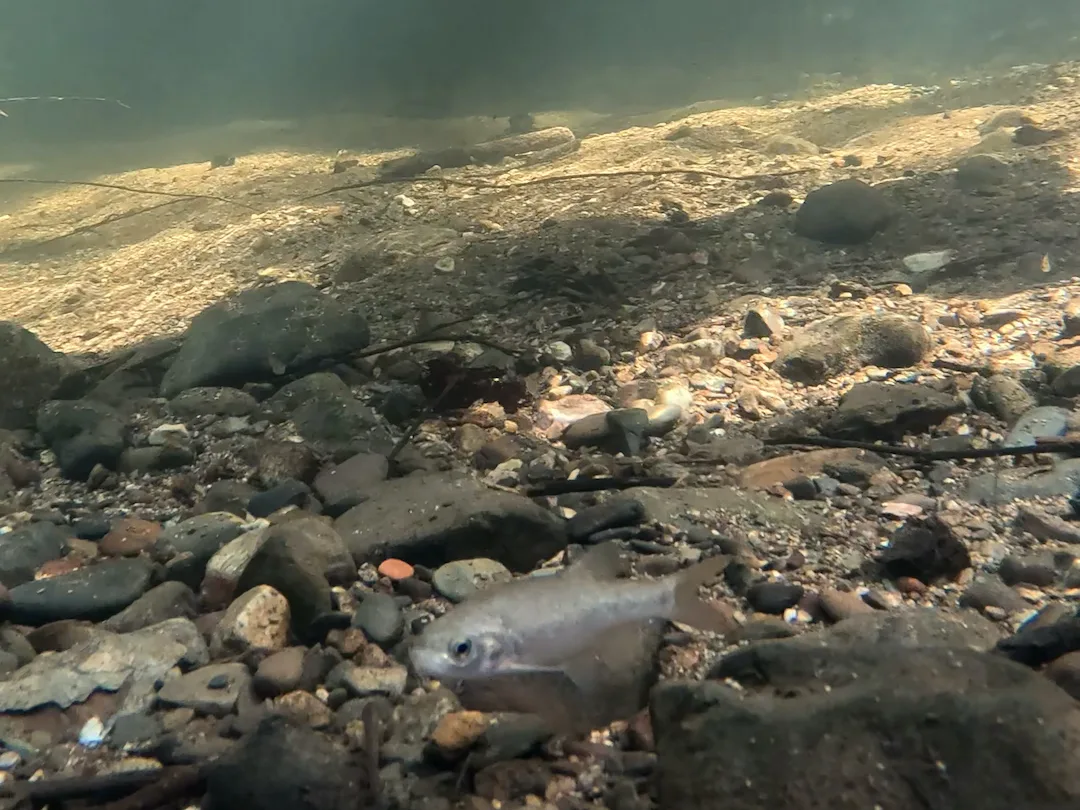The project is called The Sound Approach and aims to popularize the bird song to study their distribution. Wilder went to the Tagus Estuary Natural Reserve to hear some nocturnal birds of prey.
The low flight of a European nightjar (Caprimulgus europaeus) is the first to appear crossing the orange sky on the way to Pancas. The sunlight has almost vanished. “I did not expect to see this species in autumn” says Magnus Robb, a British ornithologist, 45 years old, who visits the area of the Tagus Estuary Natural Reserve for his work several times a year.
It was in 2000 that his compositions, in which he used bird songs to create new tunes, caught the attention of Mark Constantine, founder of the Lush Cosmetics Company, who invited him to join The Sound Approach project, an alternative to the popularized “birdwatching”, by listening, recording and creating a sound data base for the study of birds.
Until today Magnus contributed with about half of the more than 53.000 recordings in the project.
This time the purpose is to observe and record the crepuscular and nocturnal species of this protected area. “I also do recordings during the day but at night it is much more involving and it is easier to concentrate only on the sound”, he explains.
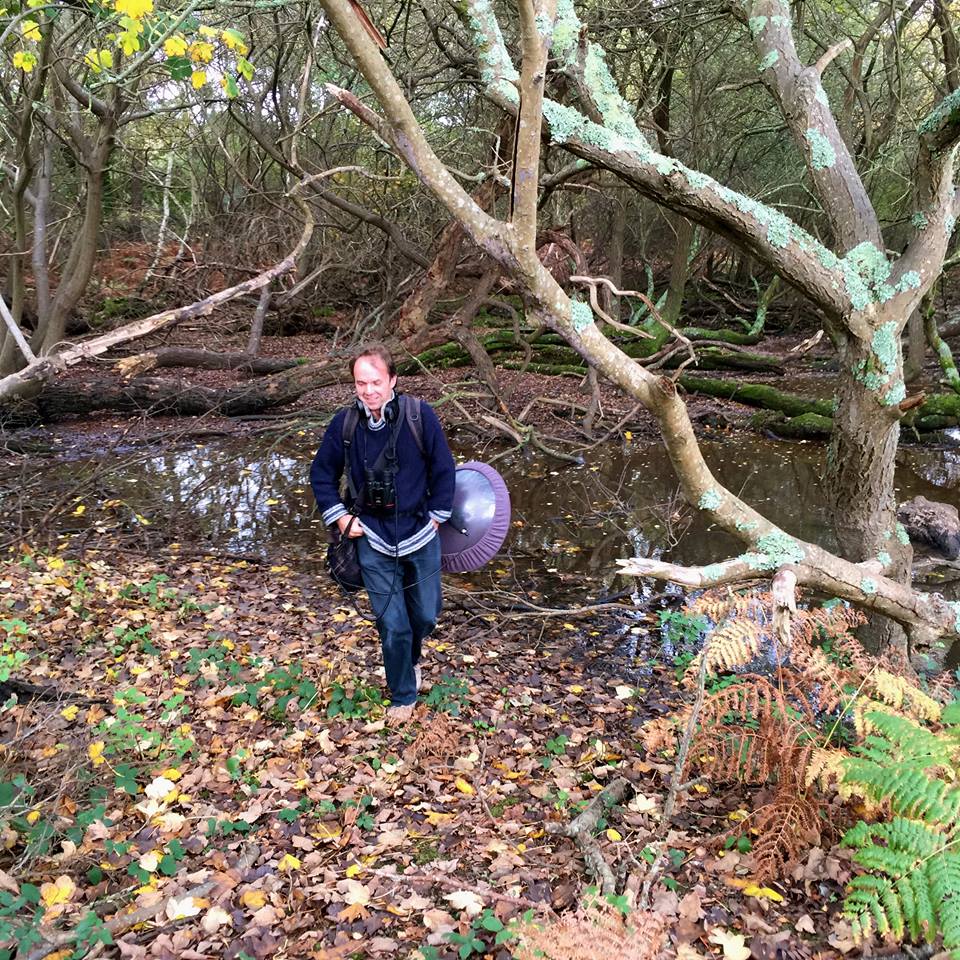
Magnus Robb’s work becomes more valuable with the nocturnal species. These animals are more active at night, when we cannot see them and, therefore, they are more specialized in sound as a communication tool, even more than other birds that also use their own feathers for that purpose.
On the way towards Pancas, Magnus points the spots where he knows there are nests, such as a conspicuous hole in a roof or in a large cork oak, always attentive to what is heard beyond the open windows. Suddenly he stops the car so he can hear better the repetition of a loud sound nearby.
As he assures it is not the sound of the cattle bells in the fields, he realizes he’s listening to a smaller active animal at dusk, a little-owl (Athene noctua). The owl continues its calling very less concerned with making little noise than humans who are looking for it. It’s clear the bird approaches each time it makes a call, like the barking of a puppy.
It seems to be right there, but when Magnus points the flashlight, it stops and disappears without ever being seen. “In Portugal it is often easier to see a little-owl because it is a nocturnal bird of prey who contradicts it because it has some daytime activity habits”. However, in most European countries its populations are declining, due to changes in its habitat.
The moon in the sky and some constellations are now the only source of light beyond the car headlights that run along the road. Magnus also points a flashlight through the car window looking for flights that may arise from the bushes.
It’s in the dimly lit area, very close to the fence separating the road from the fields, that a compact woody tone figure appears quietly perched on a small post.
Perhaps it’s the same little-owl we’ve heard calling before, letting us observe it with the binoculars. There it is, with its dark brown lists, its legs characteristically covered with down and its big yellow eyes. After several minutes the bird decides to go away with an undulating flight, probably to look for invertebrates on which it feeds.
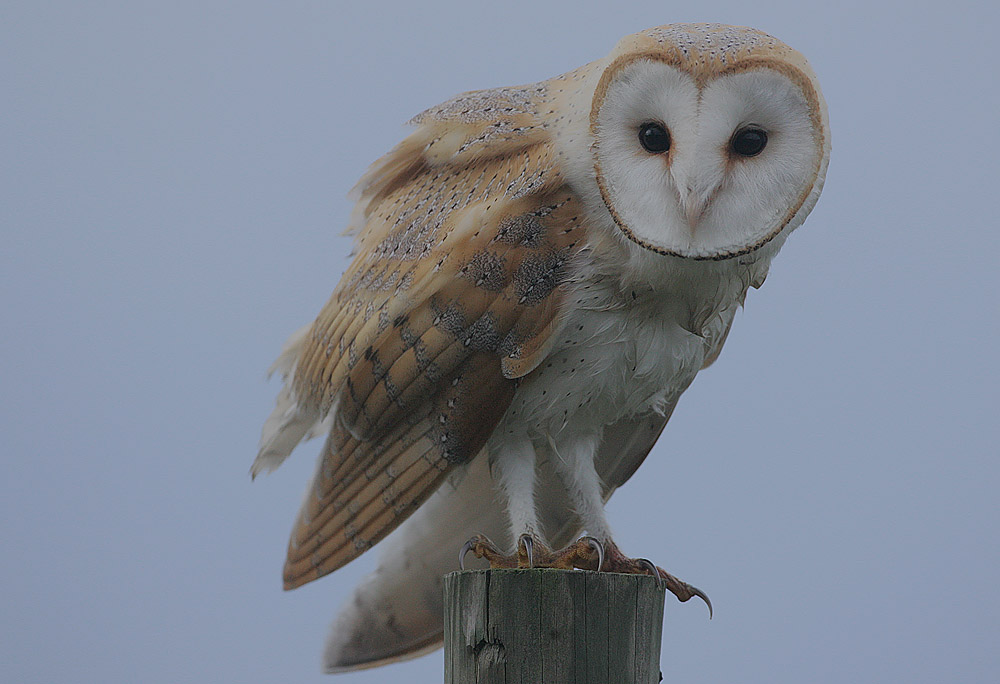
The cry of the common barn-owl (Tyto alba) can be a scary sound to hear at night. Different from the most well known sounds of owls, this species emits a kind of high-pitched chirp, a calling when it wants to mate.
While hearing these callings, Magnus decided to put a microphone at a strategic point where a nest with chicks had been photographed before.
Meanwhile, several fearful rabbits cross the headlights. A still figure right in the middle of the road leads to one more stop. The binoculars reveal a European nightjar and we observe it with delight.
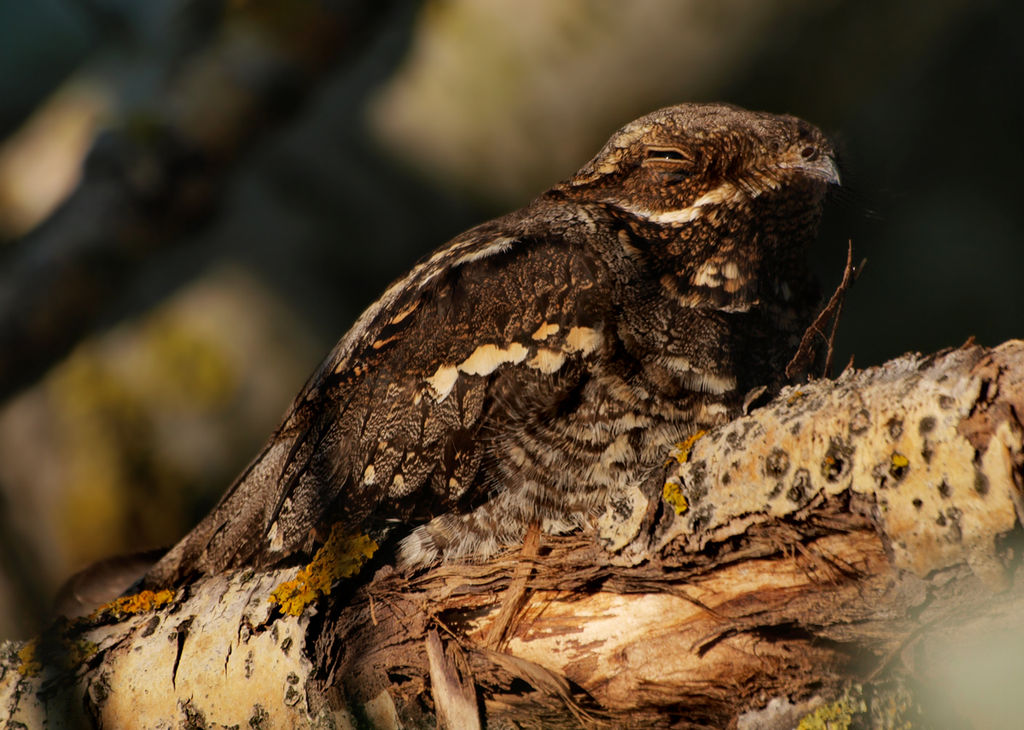
The details of this species show that this is not a common bird as it may seem by the first flight. Its silhouette, together with a greyish plumage, big black eyes and a song like the one of an insect make this animal a very diverse figure. And different was its behaviour too, as instead of flying scared, it remained in the same place, no more than a short detour to give way to the car.
Back to the place where the microphone was put, we hear several owls. Surprisingly they are not of a common barn-owl that would have its nest there, but of a tawny-owl (Strix aluco): a male on the left and a female on the right, separated by a huge cork oak.
The male is recognized by its characteristic “Uuu”, followed by another one longer and vibrant, after a break. The female vocalizes in the same pattern but its song is distinguishable by having a smaller break and being a bit louder.
Using the opportunity of the pair’s conversation, Magnus makes his experienced imitation of a male owl. “It is common they communicate back”, he says. And then he hears some female sounds he had never heard that near.
When he recovers the microphone to analyse the recordings later on, a second male appears and suddenly a high symphony of very different sounds echoes. These are territorial callings, much more aggressive and characteristic of autumn. “It always happens when I turn off the microphone”, he complains.
The collection of sounds of The Sound Approach is constantly updated with recorded vocalizations from Europe to New Zealand. On his website we can find information about the specialized publications that already exist, for example, about the callings of owls and a list of species recorded with particular interest in studying age, gender or even new species that can be identified by sounds.
The books are usually accompanied by CDs where we can listen to the most fascinating sounds, such as on the Soundcloud page of the project.
Next day by dawn, back to the road near the area of saltern marshes, there is still time to listen to birds one last time. We don’t hear any owls, just a sound like the one of a toad, but we understand that comes from a much larger animal. “Do you know what is making that noise? You will not guess what. It is a group of flamingos”.
[divider type=”thin”]Knowing more about Magnus Robb.
Magnus Robb was born and raised in Edinburgh and studied music at the University of York and composition in London. He also lived in Amsterdam but he moved to Portugal where he lives since 2009.
It was the search for melodies to his compositions that led him to record the song of birds, having decided to dedicate himself to the project “The Sound Approach”.
His work involves several hours of recordings in the field and analysis of sonograms; his previous training as a musician allows Robb to specialize in understanding patterns and very specific sounds.
He has already published several books, the most recent one being “Undiscovered Owls”, a title whose fieldwork led him to rediscover a species, the owl of Omã. Lately, he has been fascinated by the way migrant birds “describe” their routes by the imitation of sounds they hear on their way.
